In 2016 I published one of my favorite podcast series released here at the End of History. It was a 6-part podcast series on the History of the Religious Right. Unlike most popular histories of the Religious Right or the history Christian Right, this podcast series took a respectful and sympathetic approach to the history of the Christian Right because, frankly, I was part of that history. The Christian Right helped shape my worldview in the 1980s and 90s. In 2016 a drastic shift was about to unfold as the Christian Right embraced the election of Donald Trump, and in the seven years since that time, history continues to ramp up.
Long since archived, I am re-releasing this podcast series on the End of History channel. My new book, Politically Incorrect – Real Faith in an Era of Unreal Politics, draws heavily on the research that went into this podcast series in a couple of its chapters. The book, along with this podcast series, is particularly fitting as we head into a new election year in 2024.
For listeners who seek to merge their faith and politics, this podcast series is an enjoyable trip into the roots of American and Christian politics, particularly the major influence of the Christian Right from the 1980s onward.
History of the Religious Right – Part 1: Before We Were Republicans
The origin of Christian involvement in American politics has a longer history than most people realize but it probably does not begin where you would imagine. Episode 1 of this series on the history of the religious right in America examines early 20th century Christian involvement in politics. Some of the most devoted and progressive Christians in American politics in the early 20th century would not even be allowed in the Republican party by today’s standards.
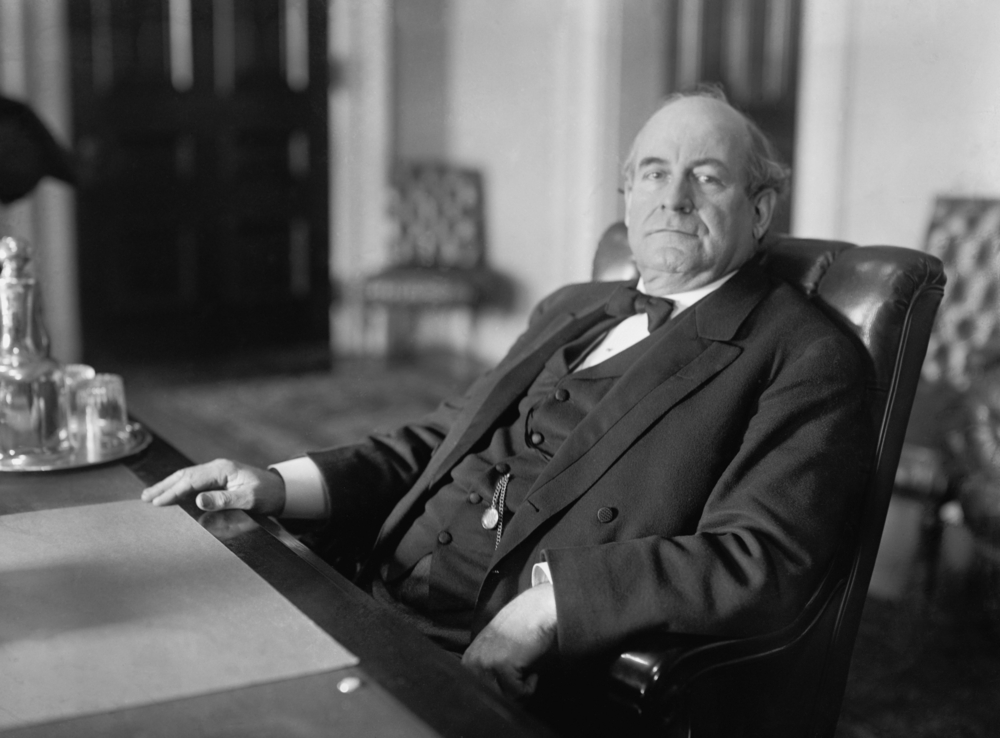
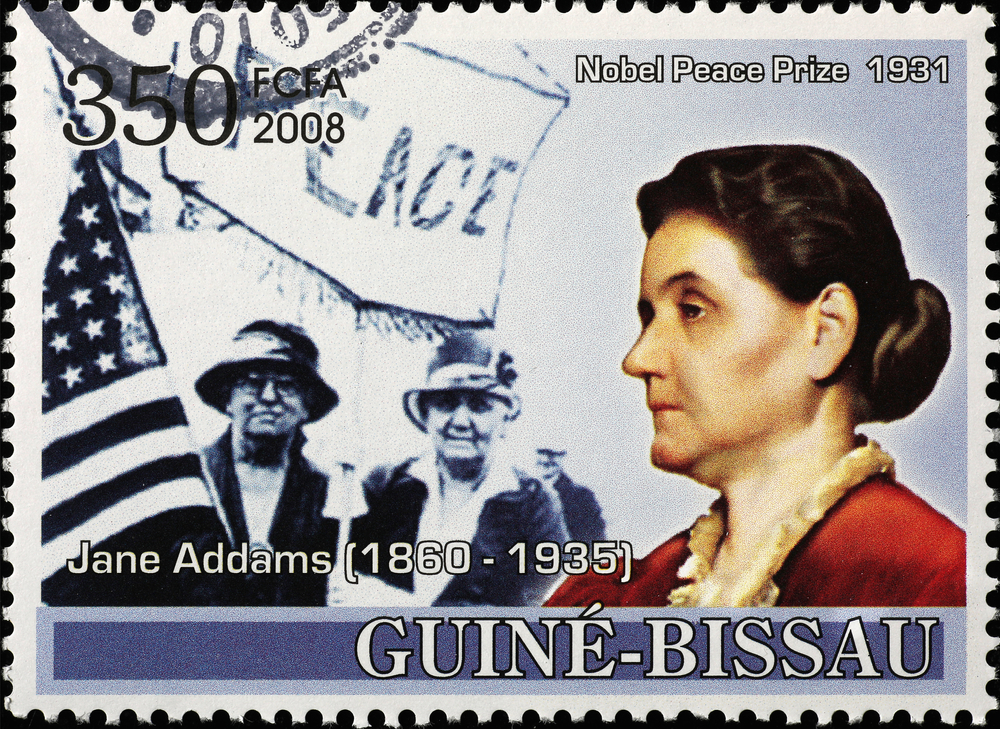
History of the Religious Right – Part 2: The Christian Nation, America in the 50s
There is a reason why American conservatives and Christian conservatives look back to the 1950s as the golden age of America. The 1950s were the closest thing America has ever been to being a Christian nation by the standards most modern religious conservatives offer. In the 1950s the forces of anti-communism and pro-Americanism easily merged with a “God Bless America” message to help establish the religious right in American politics.
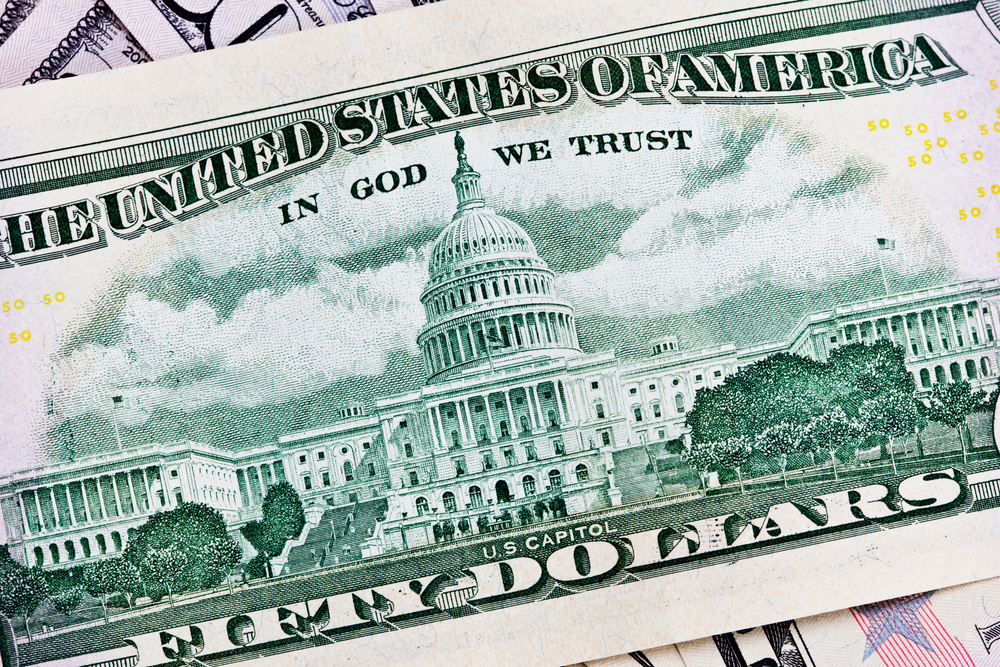
History of the Religious Right – Part 3: Christian America Undone the Turbulent 60s and 70s
The idea of a Christian America began falling apart in the 1960s. For the religious right the 1960s and 70s answer the question, when did America stop being a Christian nation? The social turbulence of this time period actually worked to solidify the religious right as a movement and political force beyond anti-communism. This episode is about the undoing of America and the coming together of the Christian right.
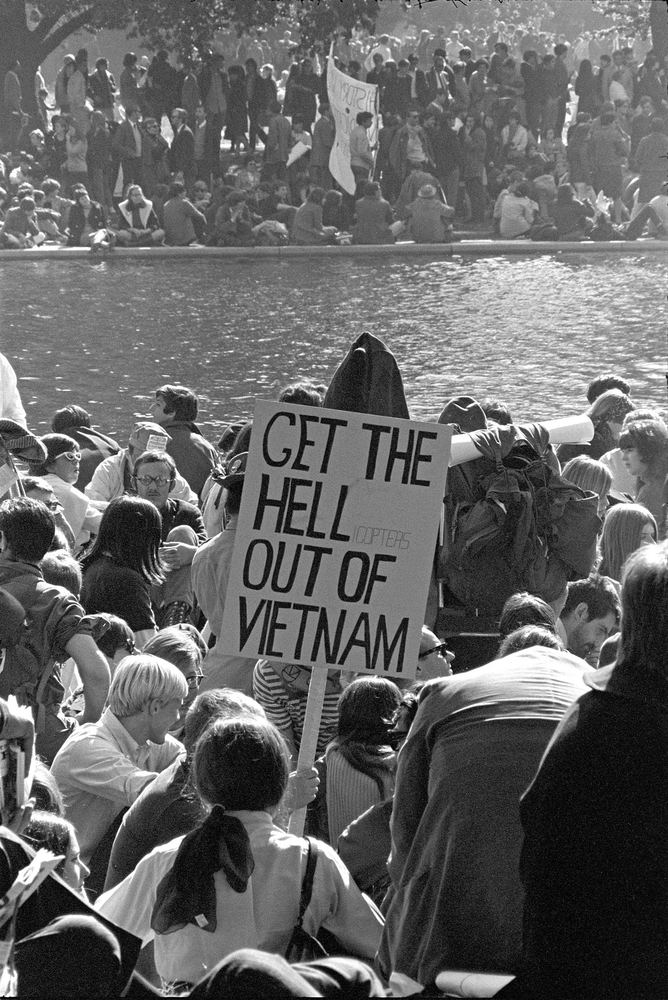
History of the Religious Right – Part 4: A Born Again President and the Moral Majority
After the tumult of the 60s and Watergate, Americans were burnt out by the mid-1970s. Jimmy Carter entered the scene as America’s first born-again president. He wouldn’t be good enough for the standards of the religious right and the newly formed organization of the moral majority.
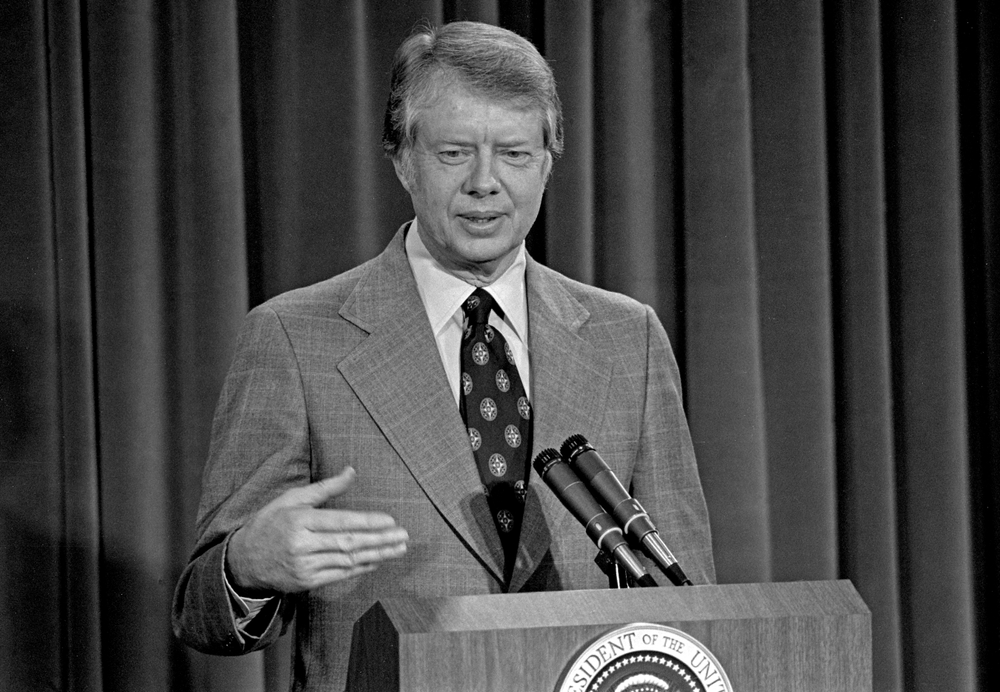
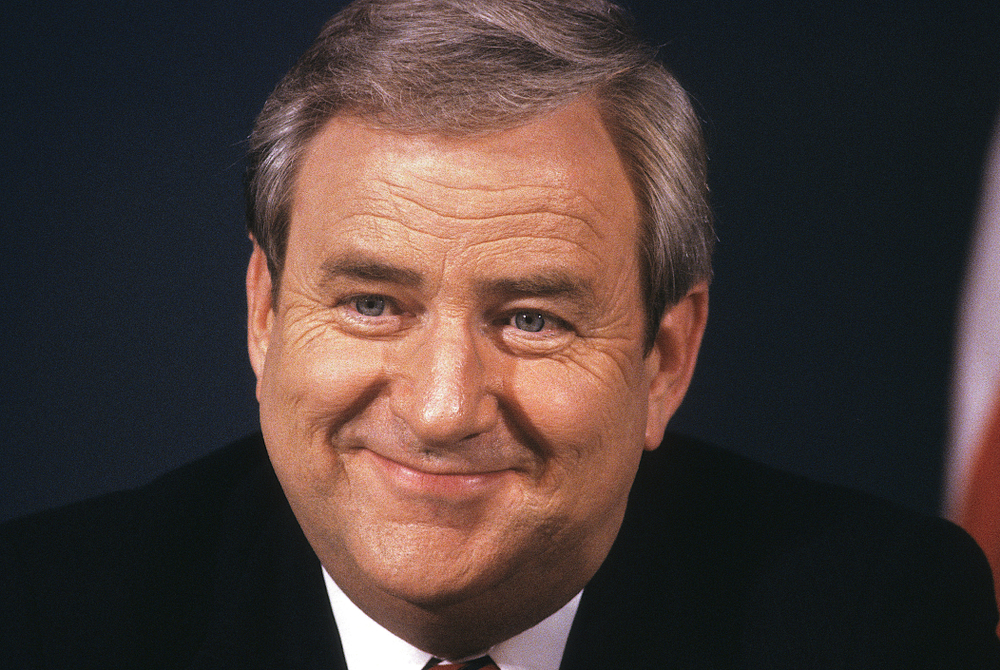
History of the Religious Right – Part 5: The Culture War of the 1990s
The 1980s saw great prominence for the rise of the religious right. The beliefs and politics of this group transitioned from a subculture to the mainstream and set the stage for the Culture Wars of the 1990s.

History of the Religious Right – Part 6: End of the Christian Right
This final episode in our series looks at how the religious and Christian right lost its influence in America. Picking up with the culture wars in the 1990s and continuing through to today we look at how the years of greatest strength for the religious right ended up exposing massive vulnerabilities. This is where the religious right ends. The end of the religious right was not about losing political struggles and battles. It was about political priorities overcoming the original values and principles that the members of the religious right believed in.
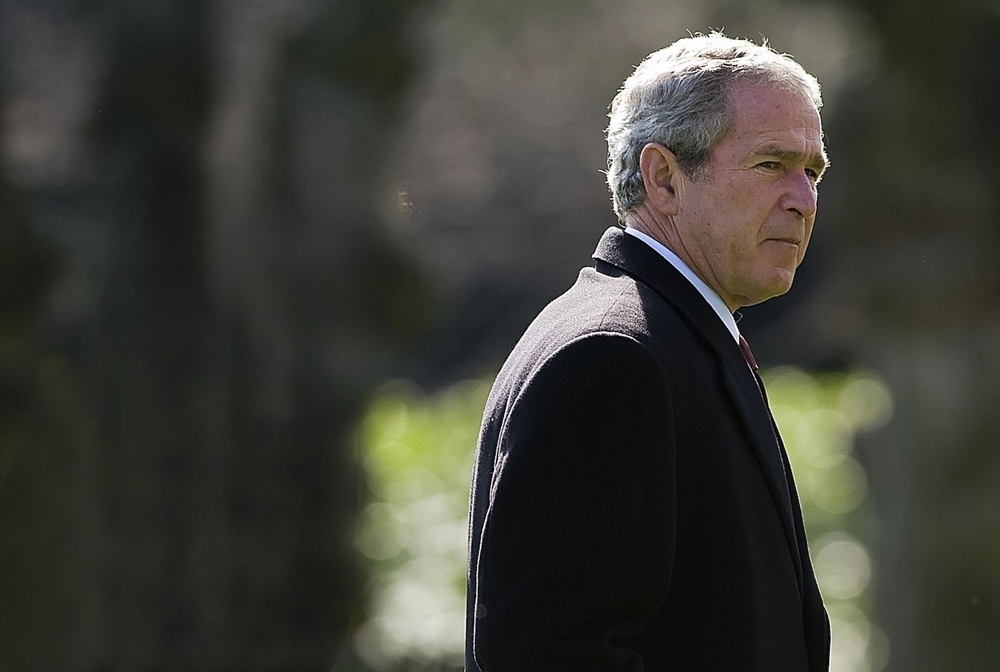
This podcast series runs 6 podcast episodes long and tells the story of the religious right history without prejudice. Christians and conservatives will enjoy this one especially. Here is a list of some key sources that were used in the research if listeners are interested in learning more.
Series Notes
I noted in episode 1 how/why I chose these sources.
Books
- Politically Incorrect – Real Faith in an Era of Unreal Politics by JB Shreve
- A War for the Soul of America – A History of the Culture Wars by Andrew Hartman
- American Apocalypse – A History of Modern Evangelicalism by Matthew Avery Sutton
- With God on Our Side – The Rise of the Religious Right in America by William Martin
- One Nation Under God – How Corporate American Invented Christian America by Kevin Kruse
- The Age of Evangelicalism – America’s Born Again Years by Steven P. Miller
- Apostles of Reason – The Crisis of Authority in American Evangelicalism by Molly Worthen


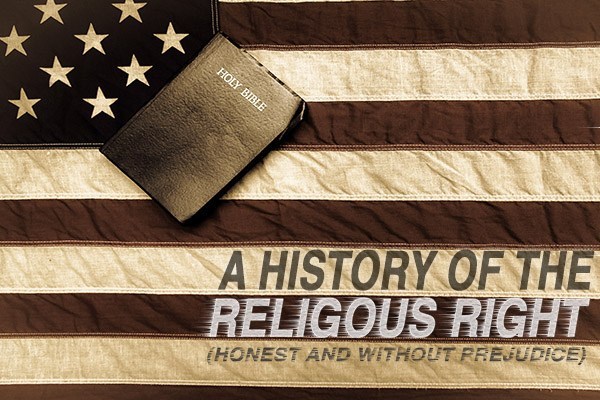


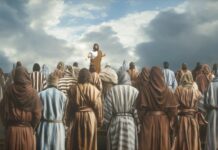
[…] Find the full series here. […]
[…] Find the full series here. […]
[…] Find the full series here. […]
[…] History of the Christian Right Podcast Series […]
Comments are closed.